We spoke with Momoka Muraoka, a Paralympic athlete who has won a total of nine medals to date, including three golds at the Beijing 2022 Paralympic Winter Games. In addition to Alpine skiing, she also competed in short-distance track & field at the Tokyo 2020 Paralympic Games, finishing in 6th place, attracting a great deal of attention as a dual-sport athlete. Momoka, who says her current goal is to appear at the Paris 2024 Paralympic Games, spoke with us about the appeal of the two sports she competes in.
Having won four gold medals in Alpine skiing, you’ve become known as the “Queen of Winter”. How did you first become interested in Alpine skiing?
“Actually, the first parasport I did was track & field. A friend that I met through track & field invited me to give chair skiing a try, and I ended up liking it more than I thought I would. Skiing is a sport that you can only do in the winter. That special and unique feeling of skiing was especially appealing to me, so I started going skiing more and more. The more I got into skiing, and eventually got into competitive skiing, track & field started to fall by the wayside.”
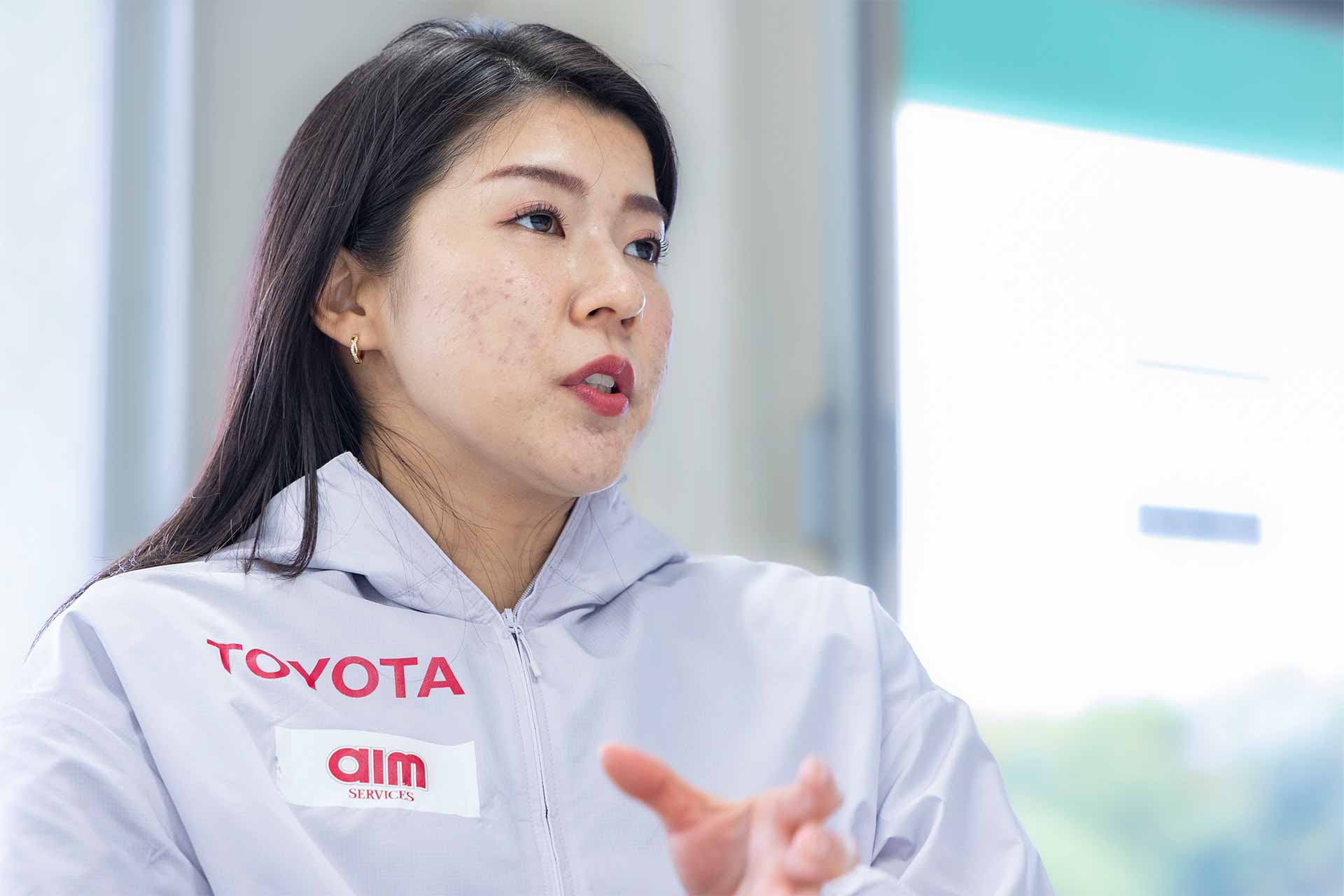
At the age of 17, you competed in the 2014 Paralympic Winter Games, taking 5th place in the Giant Slalom.
“The Sochi 2014 Games really lit a fire in me, and so what I really wanted was to win gold at the next Winter Paralympics in PyeongChang in 2018. So, I spent the next four years focusing completely on skiing, and because of that I was able to medal in all five of the events I participated in (Downhill, Super Giant Slalom , Super Combined, Giant Slalom, Slalom ), and won one gold, two silver, and two bronze medals. I was really happy to see all of that hard work pay off, and I also felt a sense of accomplishment because I was able to exceed my own expectations.”
You also competed in the Track & Field events in the Tokyo 2020 Paralympics, which were hosted in your home country.
“After making my mark on Para alpine skiing, I decided that next I wanted to give track & field a proper try. Since Tokyo was selected to host the 2020 Paralympic Games and parasports were starting to get more attention, I decided to give track & field a try, which I had kept some distance from, at a serious competitive level.”
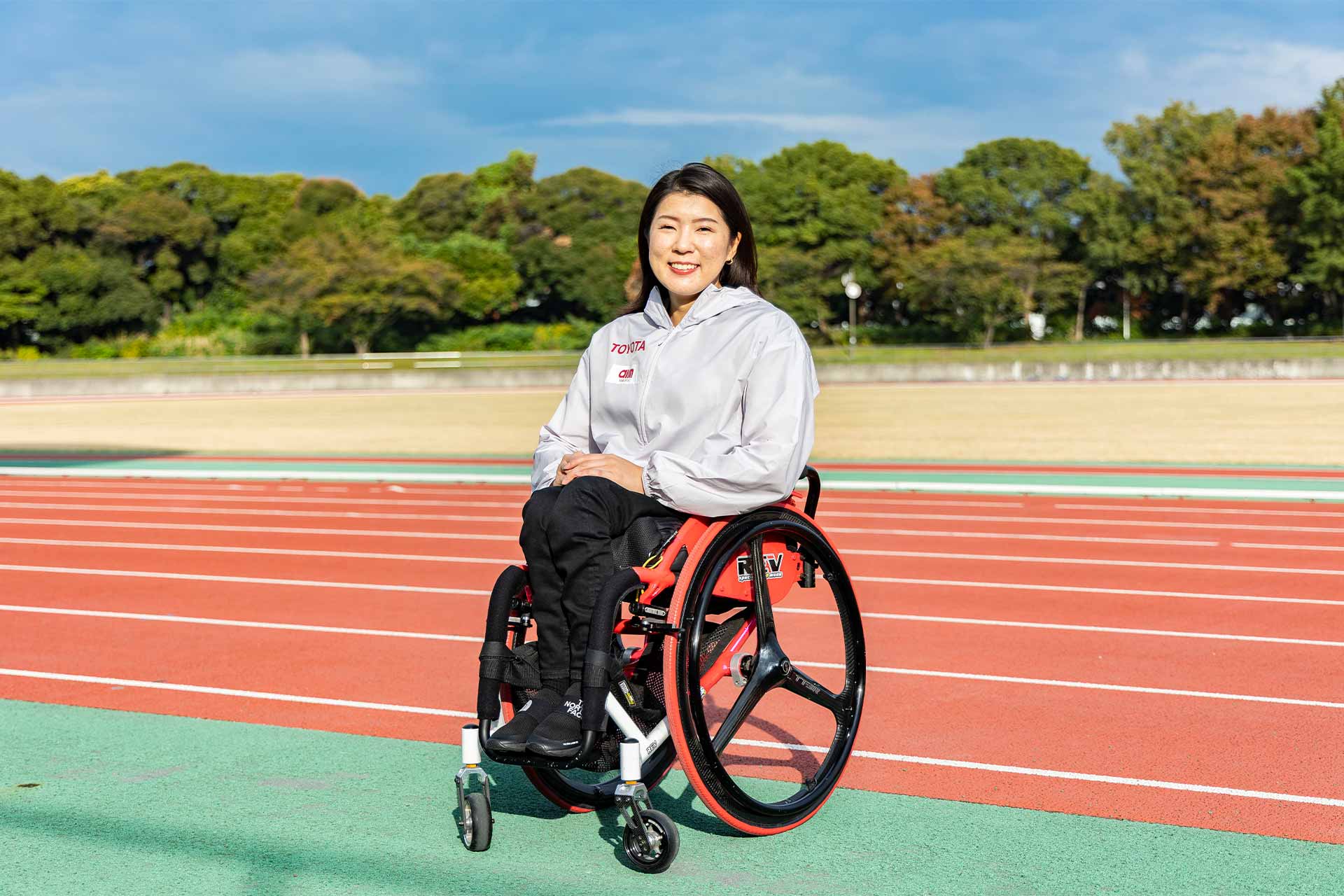
What do Alpine skiing and track & field have in common with each other?
“Hmm… Not much, actually. With skiing, you don’t have to do anything, and you’ll just get faster and faster as you go down the mountain. You learn to control your movements without losing that speed, making turns, and getting to the finish line as fast as you can. Track & field, on the other hand, requires you to start at zero and then fire on all cylinders using your own power to get to the finish line. When I started doing track and field, I found that those differences in characteristics made it difficult for me.
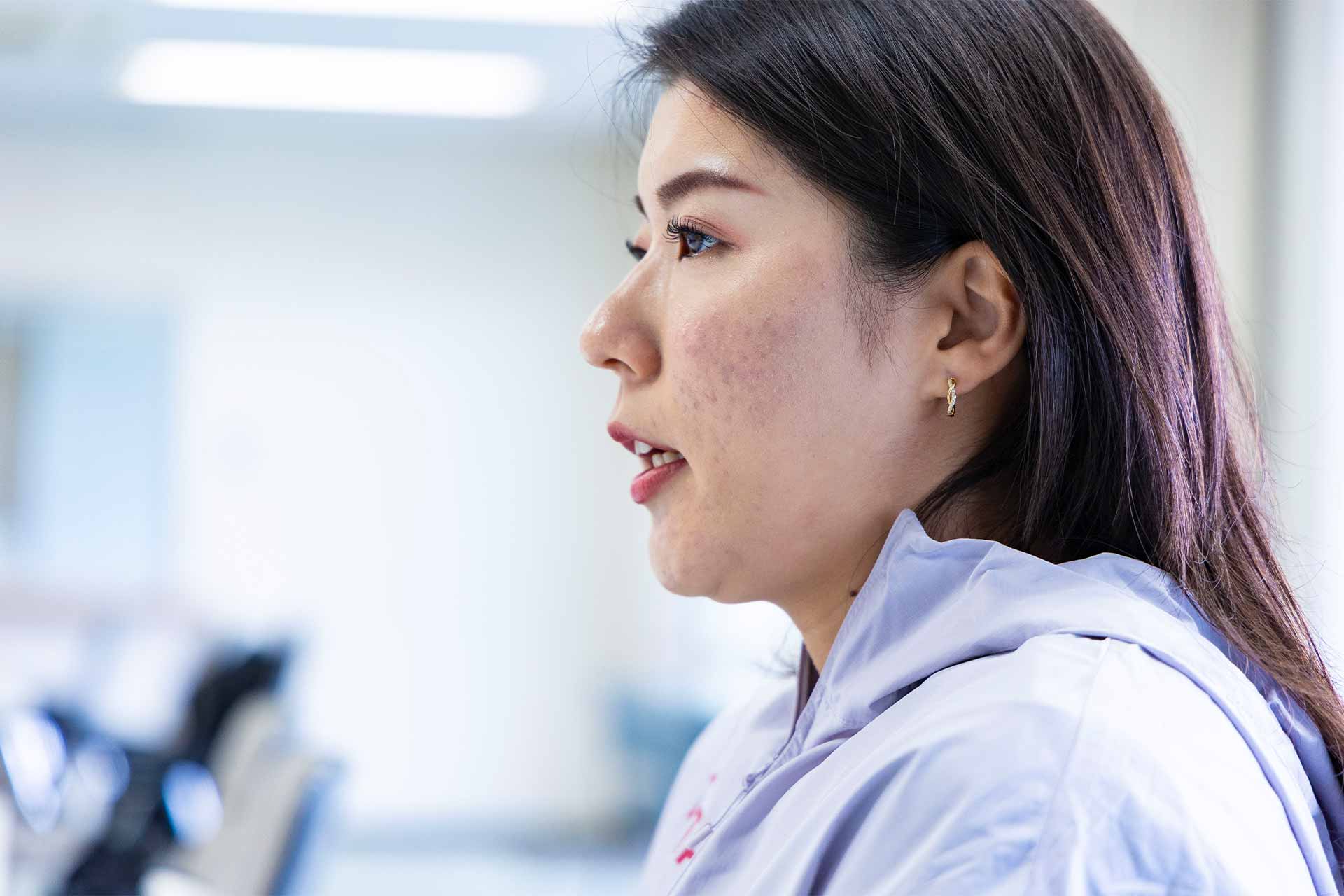
What did you find particularly difficult about it?
“In my case, since my lower body is paralyzed, I have to rely entirely on my upper body to maintain my posture to keep from getting overcome by centrifugal or other external forces. That aspect of it is the same for skiing as it is for track & field, but track & field requires more strength to do it, so it’s just harder. I had never really used the muscles in my upper body that much, so at first, I had no power at all, and also no stamina. Realizing this made it really difficult at first.”
Track & field turned out to be much more difficult than you expected, but why did you keep at it?
“Not only me, but all the athletes that do track & field fight the pain, work hard, and give it their all in races. Seeing them give their all like that was really cool, and it made me want to reach that point myself. A racing wheelchair has three wheels and a unique shape. When I actually used one myself, putting all my effort into moving it with my upper body and gradually gaining speed, I found it to be a different feeling than Alpine skiing, and really liked the speed and dynamism of it.”
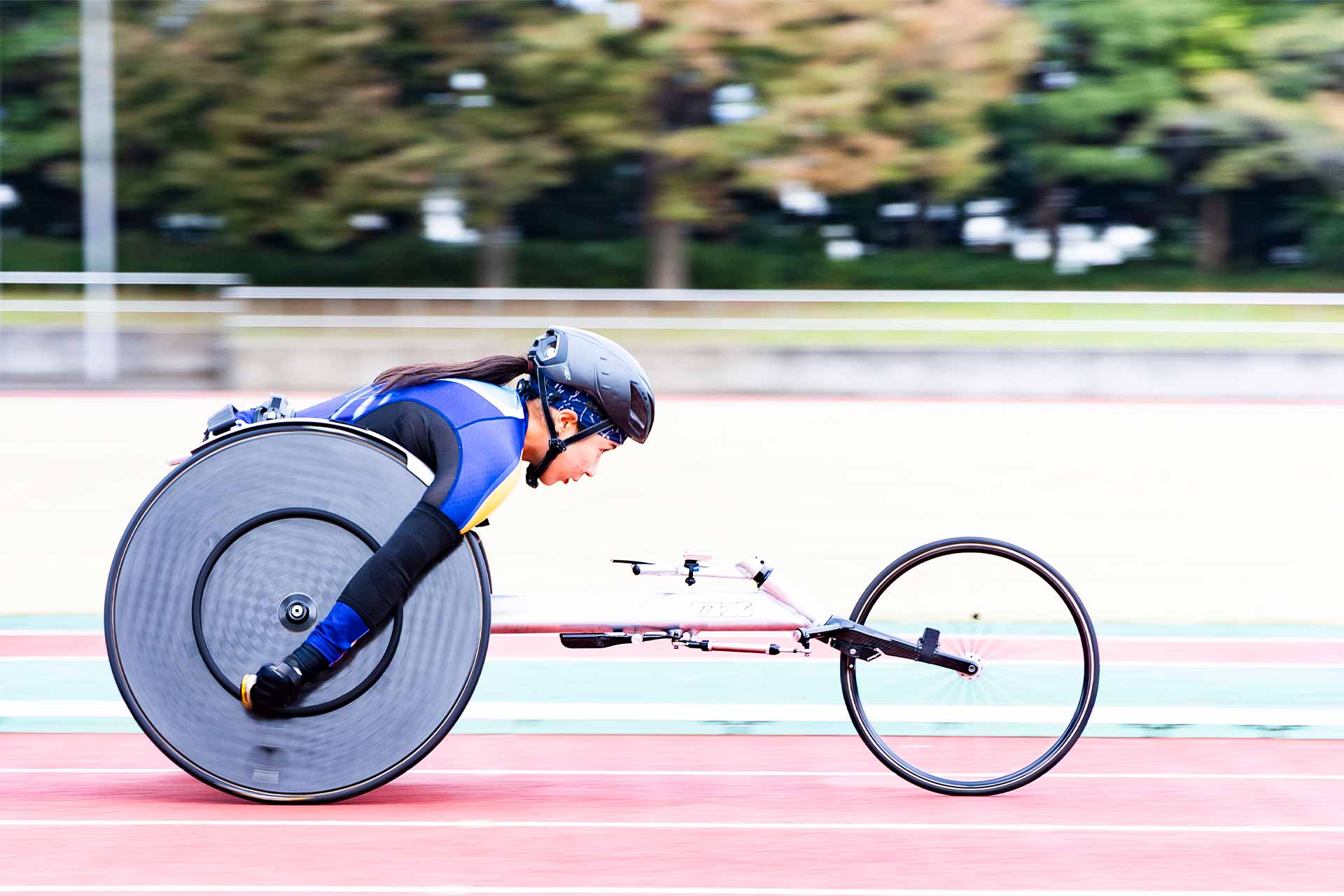
Even as a spectator, that appeal is apparent.
“In a race, the fastest athletes can make their way around the track at speeds of 30 kilometers per hour or more. In short-distance races, the athletes try to reach their top speeds as quickly as possible from the start, and the races are decided by tenths of a second. Medium- and long-distances races require strategy as well as important mechanical factors such as changing the handling of the wheelchair in straight stretches and corners.”
Chair skis, which serve as the skiers’ legs, also seem to play an important role in improving records.
“Chair skis used in seated events like the ones I participate in are made to suit the disability and body, and the seat on which the body sits and the suspension, which acts as ‘knees’ that absorb shock, are all customized. We also make sure that the equipment is able to perform to the best of its ability, just like we do for our own bodies, by fine-tuning equipment according to the course and the snow conditions. The machines are an extension of our own bodies. We’re always making millimeter-level adjustments in our efforts to reach new heights every day.”
Just six months after the Tokyo 2020 Paralympic Games where you finished 6th in the Track & Field 100-meter event, you then competed in the Beijing 2022 Paralympic Winter Games and gave an amazing performance, taking home three gold medals and one silver medal in Alpine skiing.
“I had originally planned to have about a year and a half to get ready for the Winter Games, but since the 2020 Tokyo Paralympic Games got postponed, that left me with almost no time to get ready for it. I ended up doing both track & field and skiing at the same time, and I’d never been so busy! But, going back and forth between the two sports in a short period of time also allowed me to remind myself of the appeal and fun of each one. I’m looking forward to competing in both sports in the upcoming Paris 2024 Paralympic Games as well as the Milano Cortina 2026 Paralympic Winter Games.”
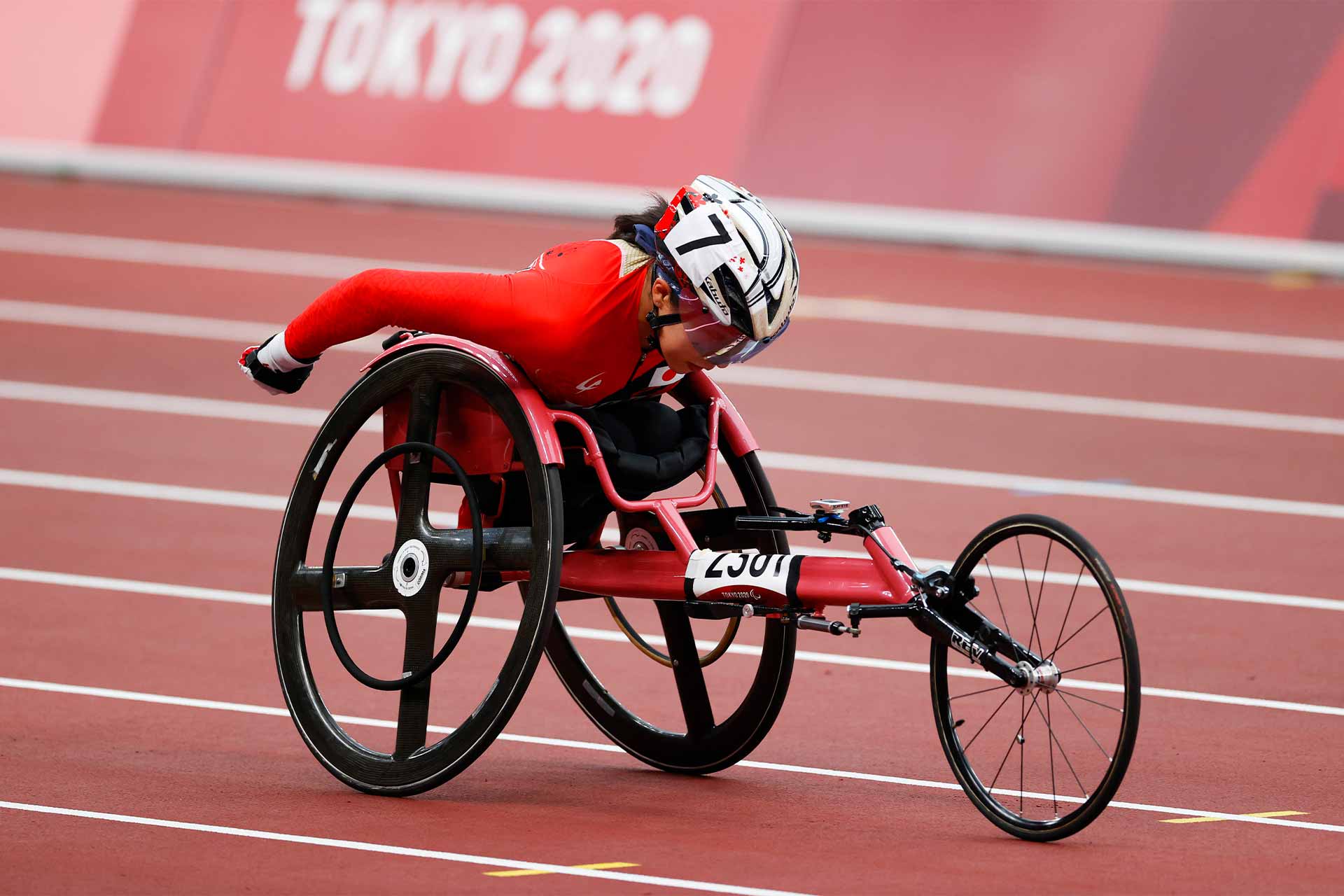
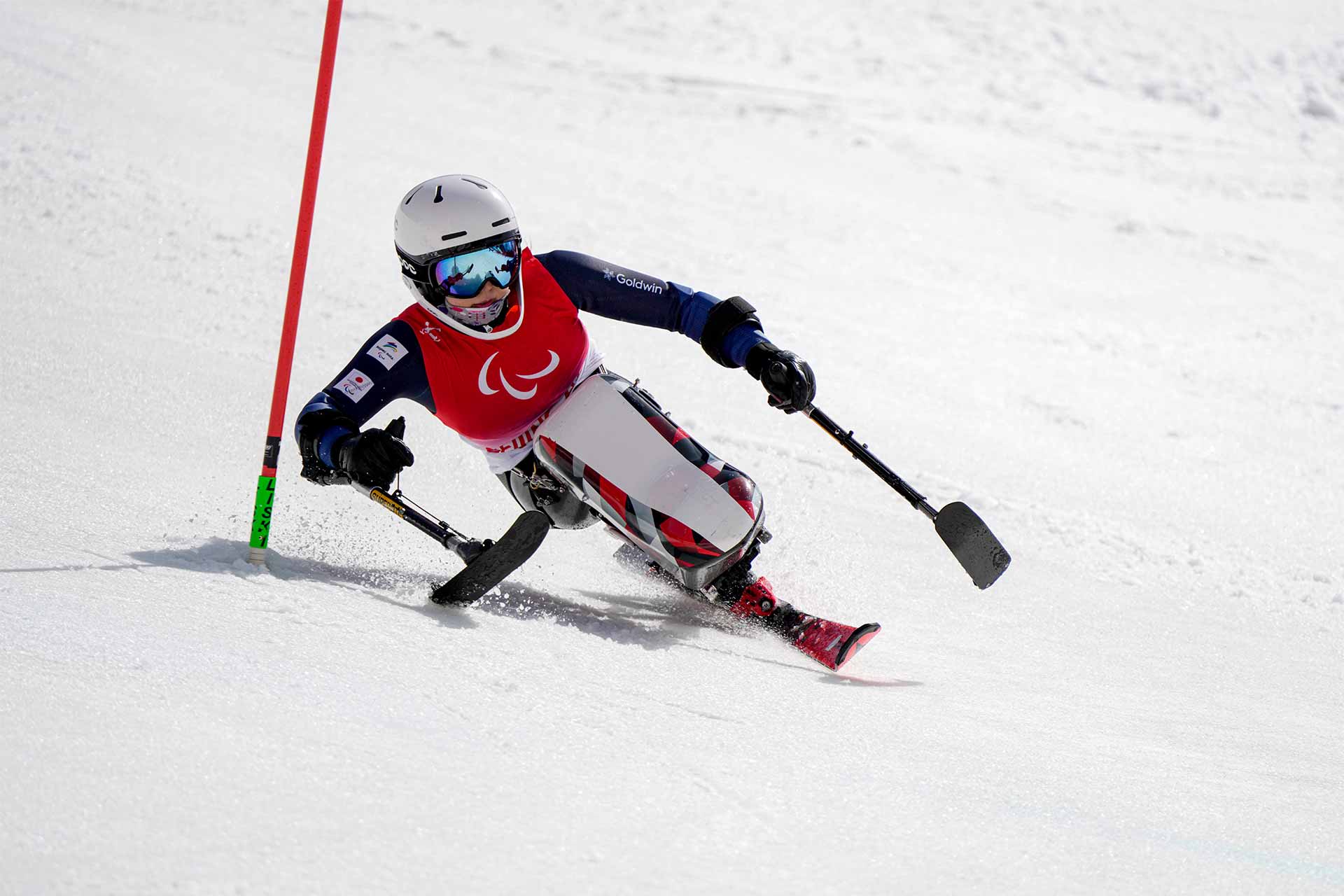
The hospitality at the Tokyo 2020 Games , including all the work done by volunteers, generated a lot of buzz. From your point of view, what do you think is especially appealing about Tokyo?
“I like that it has all sorts of different areas all in one place, from the quintessential metropolis of the downtown area with all its buildings, to the suburbs and the abundant nature you can find there. Stadiums for sporting events can be found throughout the city, and the convenient transportation access and barrier-free accessibility are particularly well received by visitors from abroad and people with disabilities.
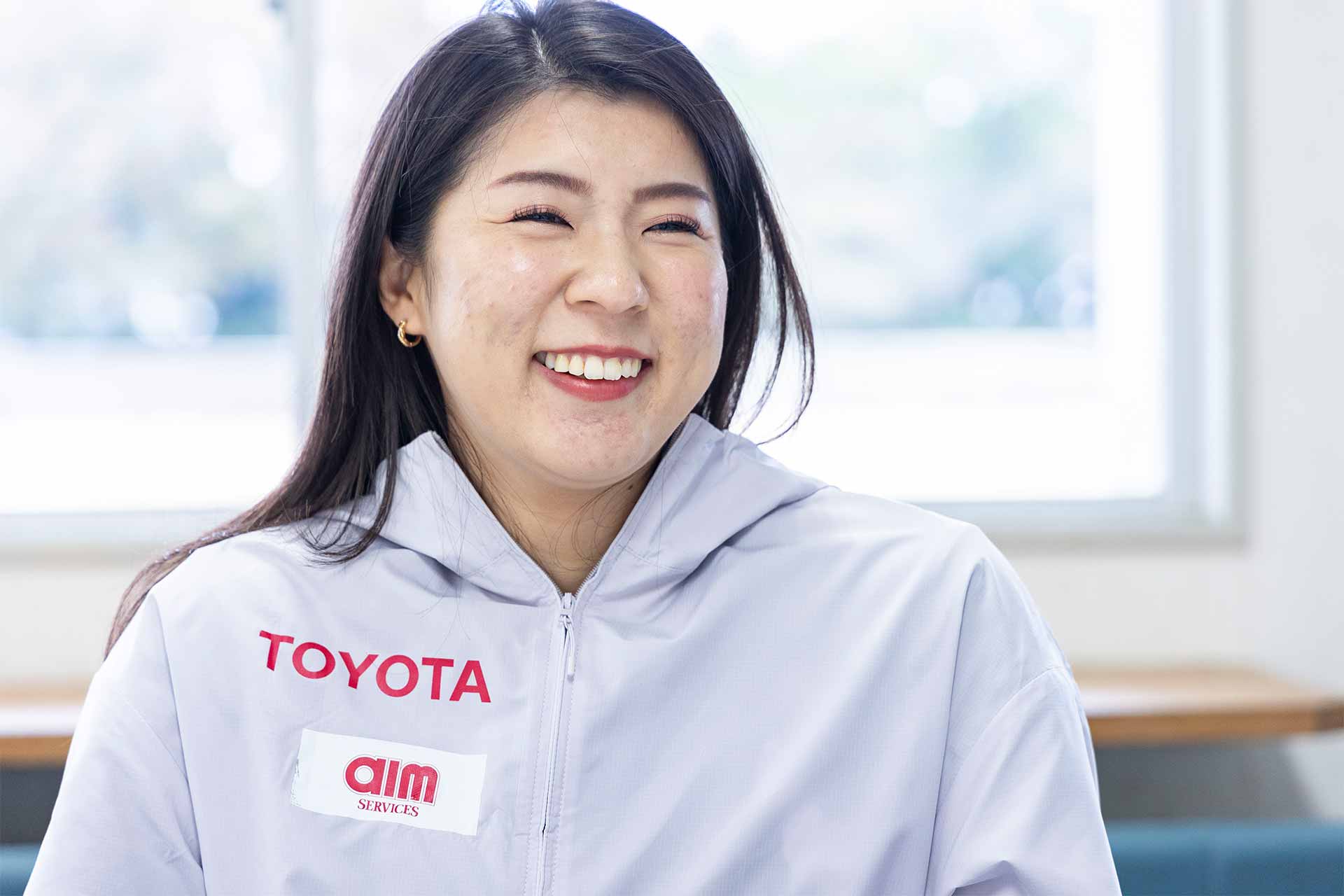
For me personally, I love Sanrio characters, so my recommendation is the Tama area, where Sanrio Puroland is. The area has vast natural surroundings, and you can really take your time and relax there. It’s out in the suburbs, but it’s also easy to get to by train, so please give it a visit.”
<Profile>
MURAOKA Momoka
Born in Saitama Prefecture in 1997. Has been using a wheelchair since age 4 because of an illness. She had her first experience with chair skiing in the third grade of elementary school and began skiing competitively in the second grade of junior high school. Competed at the Sochi 2014 Paralympic Winter Games, finishing in 5th place in the Giant Slalom. She then won a total of five medals at the PyeongChang 2018 Paralympic Winter Games. The following year, she began to compete seriously in track & field, competing in the 100-meter event at the Tokyo 2020 Paralympic Games, finishing in 6th place. Six months later at the Beijing 2022 Paralympic Winter Games, she won three gold medals and one silver medal.